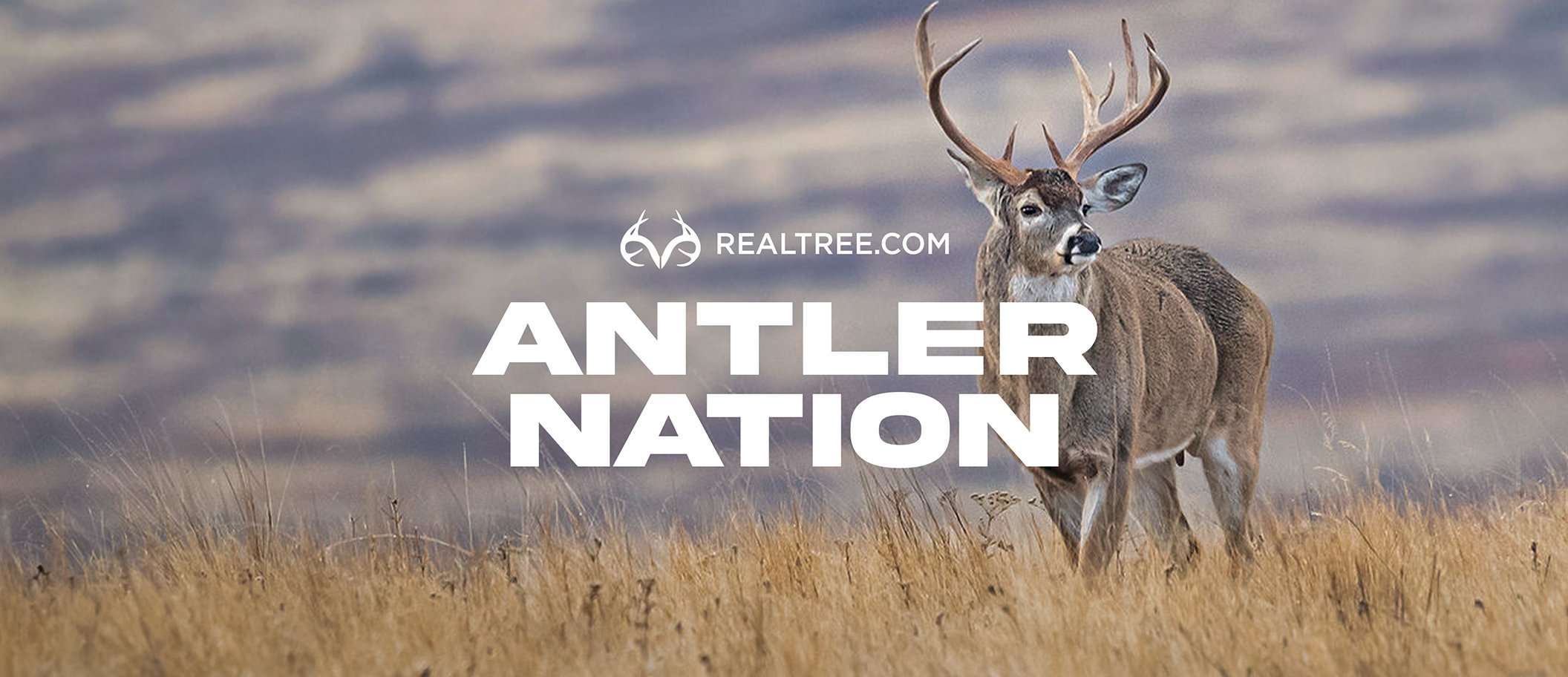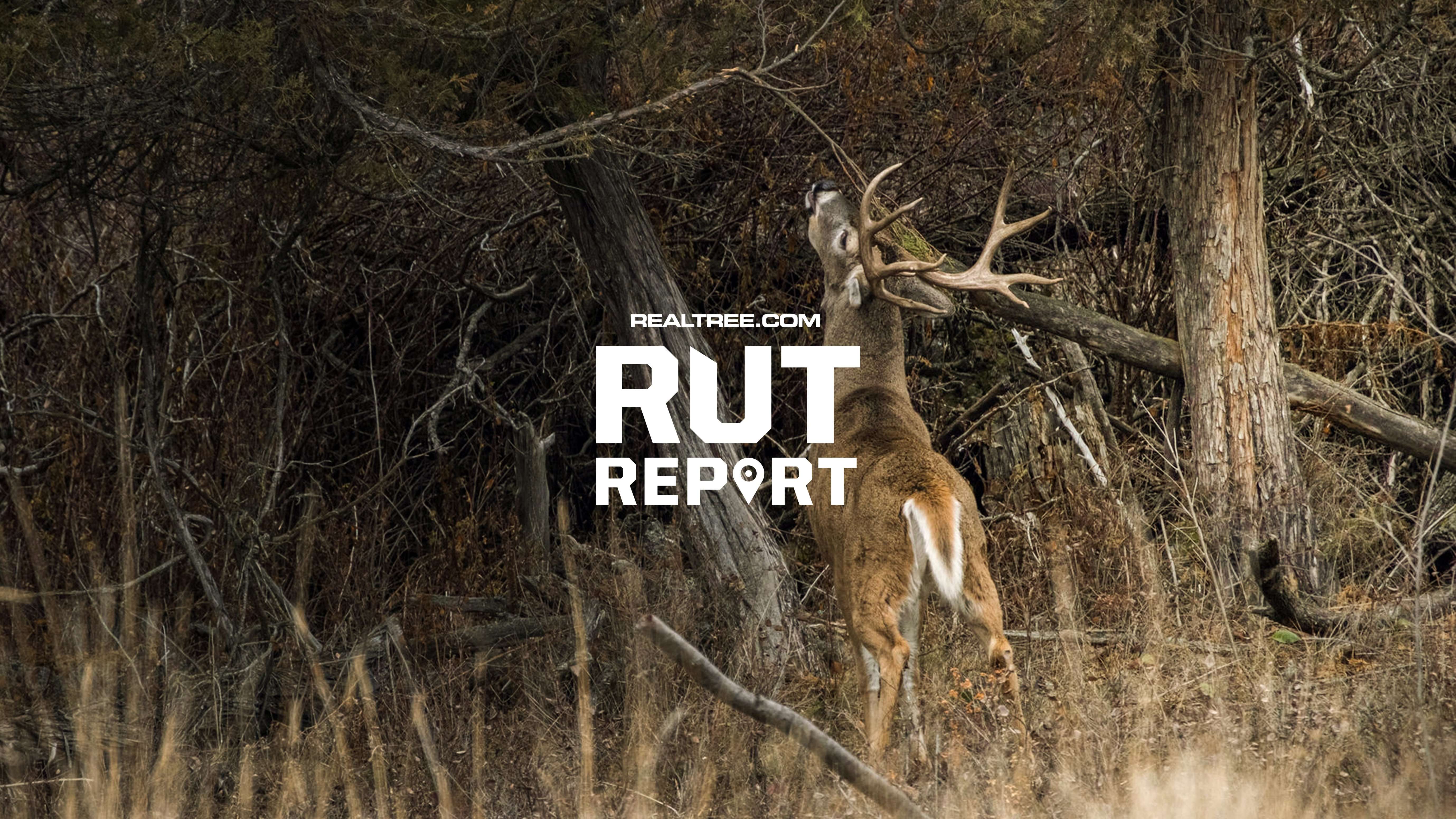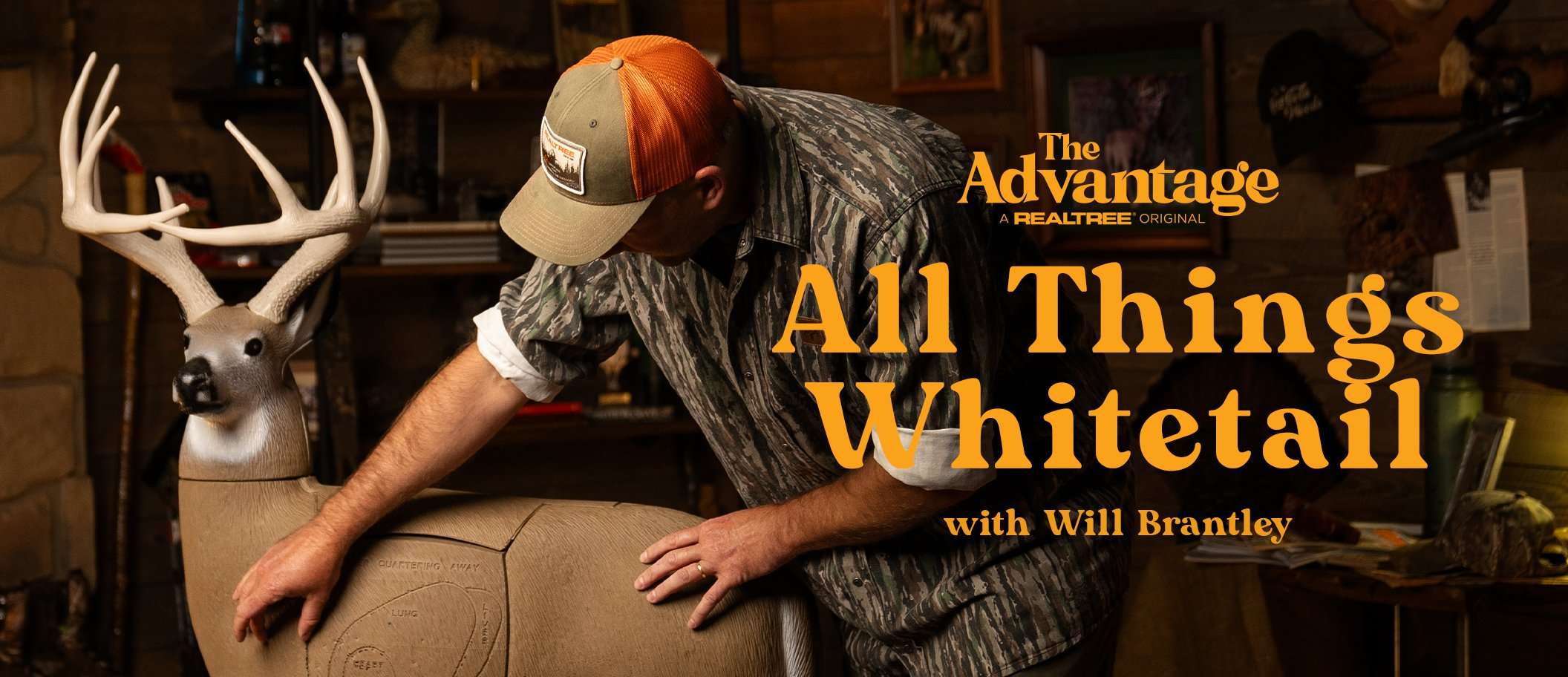The timber looks a lot different in late May than during early spring. Learning to navigate that mass of cover can make the late season great

Thick late-spring vegetation can be a hindrance for turkey hunting, but it can also work in your favor. Photo by Bill Konway.
Turkey season brings many ups and downs, but it also features a steady stream of changes that progress through spring. And the landscape turkeys inhabit might be the prime example.
By mid- to late May, even in the North, the open, almost barren woods of April have morphed into a lush green jungle. And that change in the foliage — from a thicker understory to fully leafed-out trees — affects turkeys and how you hunt them. Some aspects of late-season foliage make hunting more difficult. Some can help. Either way, if you want to tag a late-season gobbler in the timber, you’ll have to adapt.
THE BAD
In some cases, thick foliage can actually change the way turkeys use the landscape in late spring. As the season progresses, you might notice birds start to avoid congregating in areas with heavy understory cover. They’ll also begin to eschew walking through tall grass or crops, such as winter wheat, especially when that vegetation is belly-high and soaked with rain or morning dew. Consistent scouting and day-to-day reconnaissance will help you keep tabs on those changes.
Don’t Miss: 5 Good Reasons to Try an Over/Under Turkey Gun
Moreover, thick late-season cover affects where hunters can set up so they can see incoming birds and have clear shots. Field edges might be waist-high with weeds or grasses, and all of those previously clean understory plants in the timber can resemble a green wall.
The solution rests with observation and hand clippers. As you move through the woods, whether hunting or scouting for a good spot to set a blind, note areas where you’ll have a relatively good view of approaching birds. Then, look for specific setups where you’ll have several decent shooting windows. Prime examples might include relatively open paths or logging roads in the woods, or high humps along ridge tops that might have been burned or logged. Test out a potential setup before committing (assuming you have time). Use your clippers to remove thick brush or leaves from your setup tree or the spot where you’ll pop up a blind. Look for shooting lanes, and clear out junk that might impede a shot or prevent you from swinging your gun.
Late-season foliage will also affect how turkeys sound in the timber. Remember how those gobbles echoed through the early spring woods? In thick cover, gobbles will sound flatter and more muted. And that turkey will probably be a bit closer than you think. Take that into account when deciding whether to hit the dirt or cut the distance to a turkey.
Check Out Our Latest Camo Pattern: Realtree APX
THE GOOD
Late-spring foliage provides one great advantage over the open timber of March and April: All that cover lets you move through the woods much easier without getting busted. That doesn’t mean you can be careless, but it allows greater freedom to roam.
In areas with sufficient foliage, you can walk logging roads, cattle paths or deer trails at midmorning while trying to strike a willing gobbler. Hoof along a ridge or long bottoms, and call every 75 to 100 yards, making sure there’s a tree nearby where you can plop your butt down if a bird answers close. Don’t ignore terrain as you walk. Use rolls in the landscape to cover your movements, and avoid being skylighted.
Thick cover can also help you cut the distance to a gobbling bird, allowing you to set up much closer than you would have been able to weeks earlier in open woods. Getting close to a gobbler is always important, but it can be especially critical with late-season Easterns. When a turkey responds to your calling, gauge his whereabouts, and study the woods and foliage to let you slip closer. Even cutting the distance in half can be huge. If the bird continues to gobble on his own, let him. If not, check his whereabouts a few times with locator calls. When you reach a good area, use the foliage to sneak into your final setup. Then quickly prepare your spot and get ready to work the bird.
Don’t Miss: The Ultimate Turkey Gun Patterning Test
One final advantage: Late-season foliage also obscures the vision of turkeys, so a gobbler will have to look a bit harder and perhaps come closer when searching for a “hen” in the timber. During late spring, he might make those final few steps silently, stopping to crane his neck for a look. Stay sharp to catch glimpses of his red and white head slipping through all that green. And when he stops in the relative open and lifts that noggin, shoot him.
Then, you can claim a fantastic late-season prize and enjoy the sights and smells of the green woods on your walk back to the truck.












